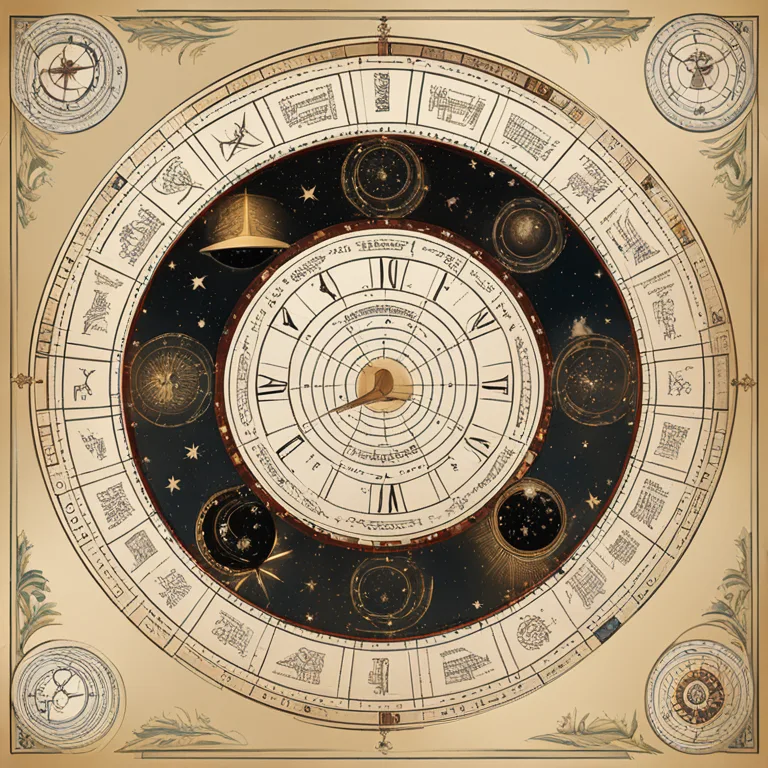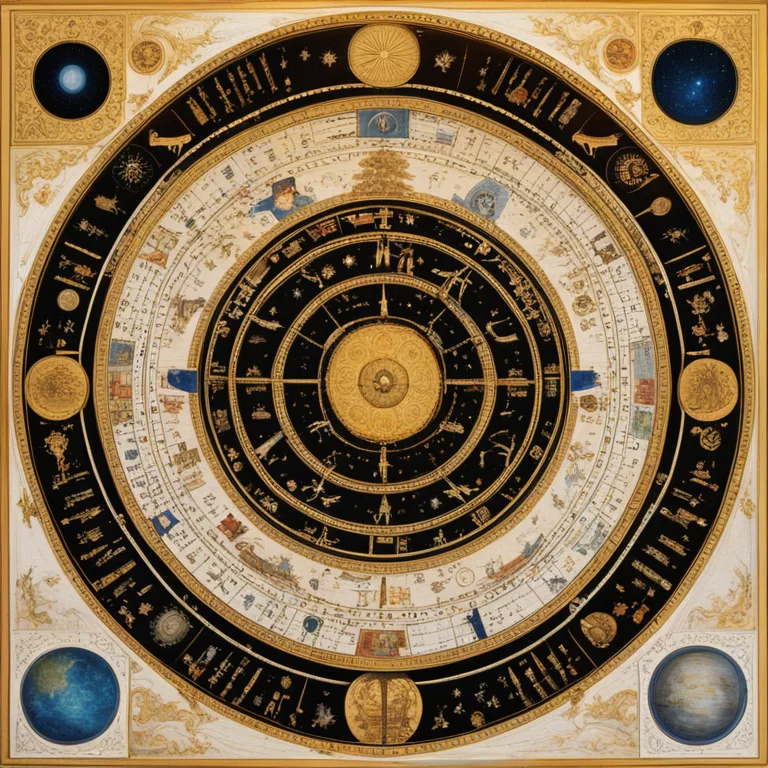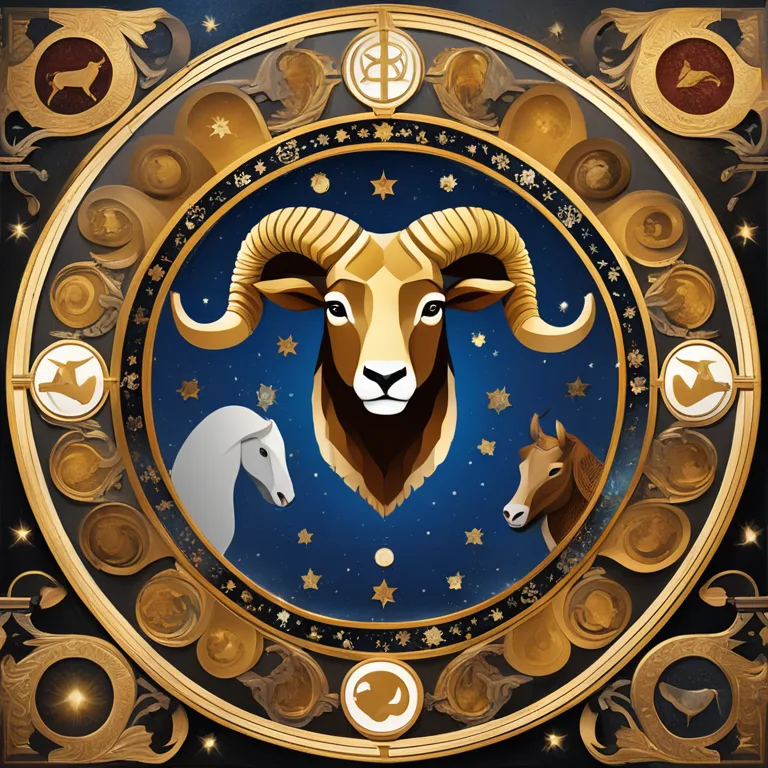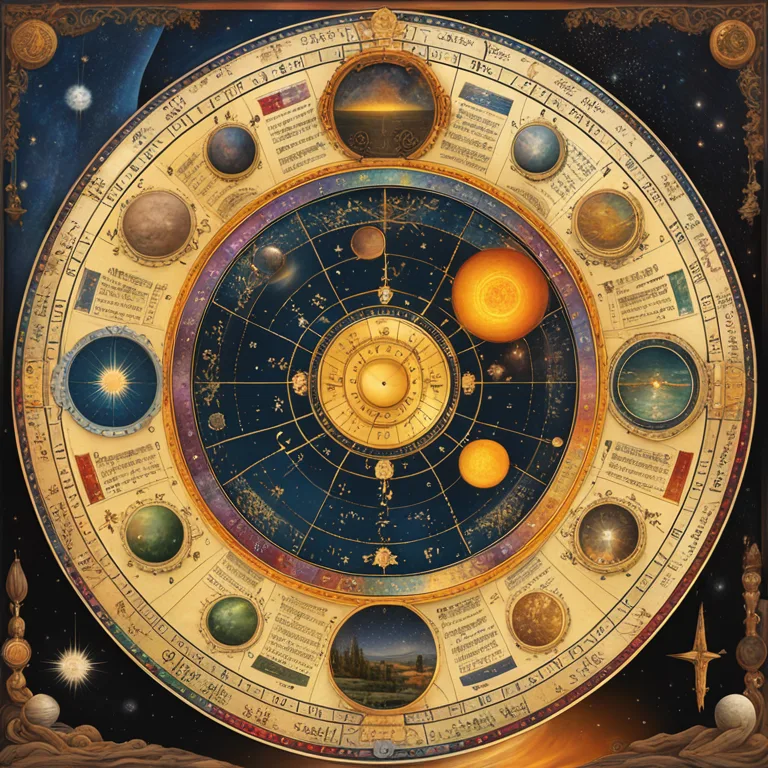
The Origins of Astrological Symbols
Delve into the ancient roots of astrological signs and discover the connection between celestial movements and human experiences.
article by Priya Deshmukh
Ancient Beginnings
The practice of astrology, a belief that celestial bodies influence earthly events, traces its roots back thousands of years. Different cultures throughout history—from the Babylonians to the Greeks—played pivotal roles in shaping astrology. Babylonians are often credited with developing the first organized system of astrology in the 2nd millennium BC, primarily for predicting seasonal shifts and interpreting celestial cycles as omens. This astrological framework laid the groundwork for subsequent astrological traditions, including Hellenistic astrology, which deeply influenced Western zodiac signs as we know them today.

Zodiacal Constellations
The zodiac, a celestial coordinate system, consists of twelve signs named after constellations along the ecliptic, the apparent path of the Sun across the sky. These constellations were recognized by ancient astronomers and served as markers for tracking the motions of the planets and the changing seasons. The division of the zodiac into twelve equal parts resulted in each sign spanning approximately 30 degrees of celestial longitude, thus establishing the familiar twelve-fold division used in Western astrology. These divisions were first cataloged by the famed astronomer Ptolemy in the 2nd century AD.

Horoscope and Natal Charts
The concept of a horoscope—a chart of the heavens created for the exact moment of an individual’s birth—was a significant advancement in astrology. It became a tool for personal insight, based on the belief that the alignment of the stars and planets at one’s birth could shape personality and destiny. In modern times, prognostications and forecasts continue to draw on this tradition, looking to upcoming planetary alignments for insights into the possibilities of the years 2024 and beyond. The personal natal chart remains fundamental to astrological readings, embracing an individual's astrological blueprint against the backdrop of ongoing cosmic shifts.

Myths and Symbols
Each astrological sign is rich in myth and symbology, often linked to the myths of ancient Greece. For instance, Aries is associated with the golden ram from the tale of the Argonauts, while Taurus is symbolized by the bull associated with Zeus. These stories not only provided narratives explaining the formation of the constellations but also offered reflective archetypes for human characteristics. The storytelling tradition continues as astrologers weave tales of potential and cautions into their interpretations, vividly portraying the celestial dance in terms relatable to the human experience.

Modern Interpretations
Astrology in the modern era has adapted to reflect contemporary values and perspectives, integrating psychological elements and new-age spirituality. As we move beyond 2024, the signs' symbolism continues to evolve. For example, astrological forecasts may highlight times of innovation and technological advancement under the influence of Aquarius or suggest introspective periods during Pisces transits. Despite the evolution of interpretation methods, the core symbols—derived from ancient constellations and mythical allegories—remain unchanged, providing continuity and a shared language for astrologers and enthusiasts across generations.
Published: 12/29/2023
Modified: 12/29/2023
More predictions
Come back here soon to learn more about yourself and your future


Love Compatibility Through Astrology
Discover how astrology guides love compatibility, building deeper connections using the stars' wisdom.


Predicting Pregnancy Timings with Astrology
Discover how astrology potentially offers insights into the best times for conceiving and pregnancy-related predictions in this intriguing article.


Moon and Rising: Astrological Identity Revealed
Learn the impact of your Moon and Rising signs in astrology on personal traits, emotional responses, and life’s journey.